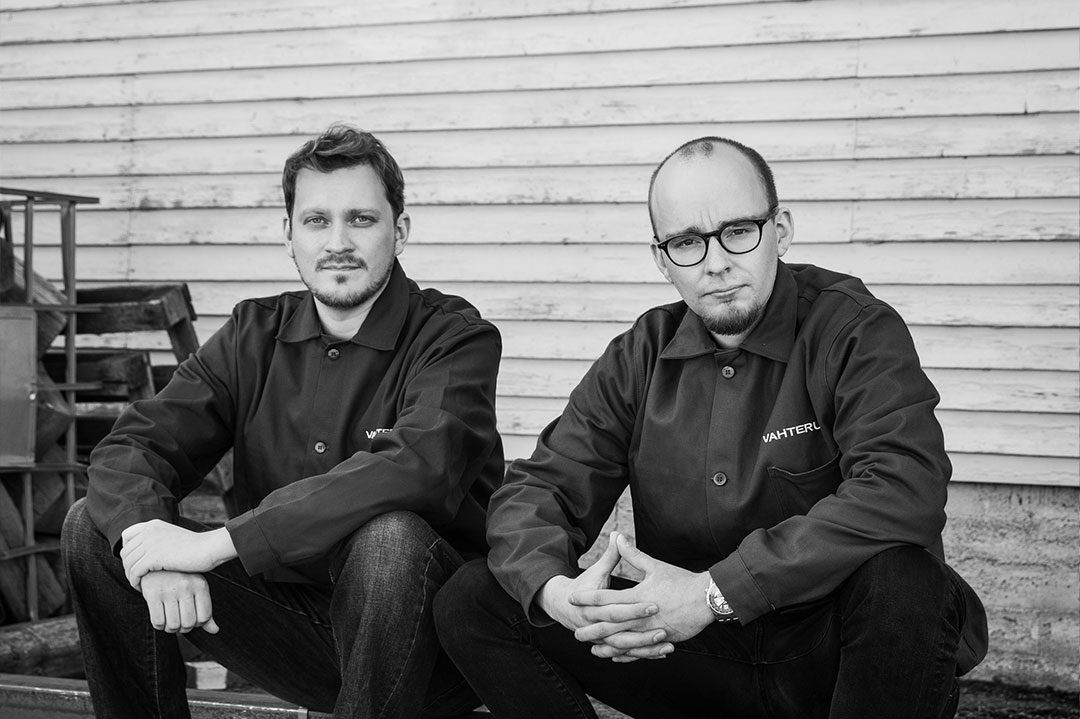Top Quality For Demanding Conditions
The welded plate pack is the core of the Vahterus heat exchanger. The welding is of the highest quality, ensuring maximum durability.
Without a plate pack, you wouldn’t have a heat exchanger, only a pressure vessel. Vahterus heat exchangers have no gaskets because their structure is completely welded. In order for the heat exchanger to work as planned, the welding must be of the highest quality. Vahterus’s welding engineer Tuomas Hokkanen and quality engineer Lassi Forsström explain that the key to ensuring this is continuous improvement of methods and strict quality control.
”As new materials arrive all the time we need to develop our welding methods. Today, we’re welding titanium, pure nickel, nickel alloy and super austenitic steels in addition to 316L type stainless steel”, says Hokkanen.
The material used for a plate pack depends on the medium used in the heat exchanger. ”For example, a refinery or ship can use sea water for cooling, which most materials cannot cope with. Process conditions can also change during the life cycle of a heat exchanger. The level of corrosiveness can suddenly become higher than originally planned for. We always try to find a solution for even the most demanding applications”, says Forsström.
The materials play a key role in dictating the properties of the heat exchanger, such as its resistance to corrosion. These properties must not be weakened by the welding. ”The welding must be as good as the original material. This is the standard you must meet”, explains Hokkanen.
Demanding Testing Guarantees High Quality
Quality testing is applied to the entire manufacturing process of the product. First at the inspection line are the plate materials. Their chemical consistency can be determined by positive material identification (PMI) testing.
When the plates are manufactured, measurement inspections and penetrant testing (PT) focus on key properties such as strength. Plates that are found faultless are welded into a plate pack, which is then inspected further in multiple ways.
”We start off by carrying out a visual inspection to see if there are any issues with the welding. Our customers may have more specific requirements, such as performingpenetrant testing on all welds. The next stage is leak testing, where a plate pack filled with a mixture of helium and air is submerged into a pool of water. Bubbles will revealany possible leaks”, explains Hokkanen. Each completed heat exchanger will undergo pressure testing required by the relevant code and, when requested by the customer, a helium vacuum leak test.
Vahterus runs its own metal laboratory, which means that it is able to carry out various metallurgical inspections. ”They can prepare a macro specimen from the cross-section of the weld and perform macro examination. This way, we’re able to regularly check that our welding instructions and their parameters are correct and we can produce even quality.”
In addition to testing finished heat exchangers, Vahterus regularly carries out destructive testing (DT) within its internal quality control. The actual pressure resistance of a plate pack can be determined when pressure is added incrementally – until the plate pack explodes.
Forsström believes that their uncompromising work to ensure the highest quality has paid off. ”Vahterus’ reputation as an expert in demanding conditions is strong. We have numerous regular customers who trust our quality standards.”

Interested in working at Vahterus?
Interested in a career at Vahterus? We’re constantly looking for new talent. Please visit our careers page for information regarding our open positions.
